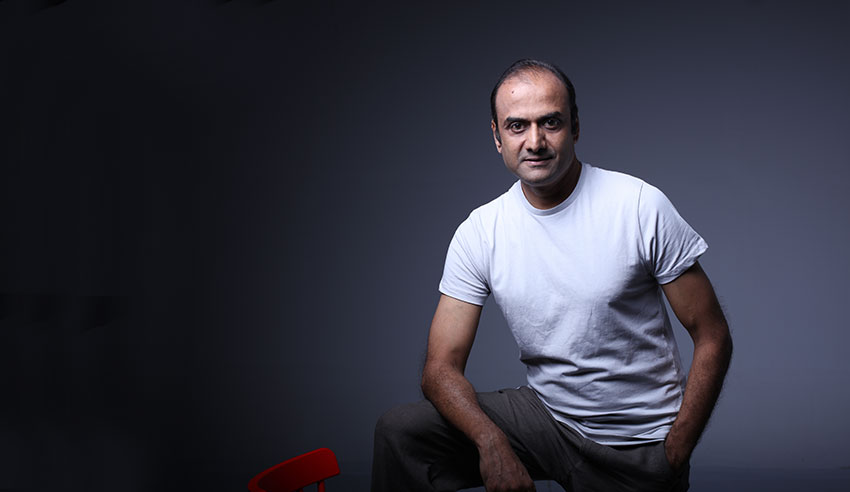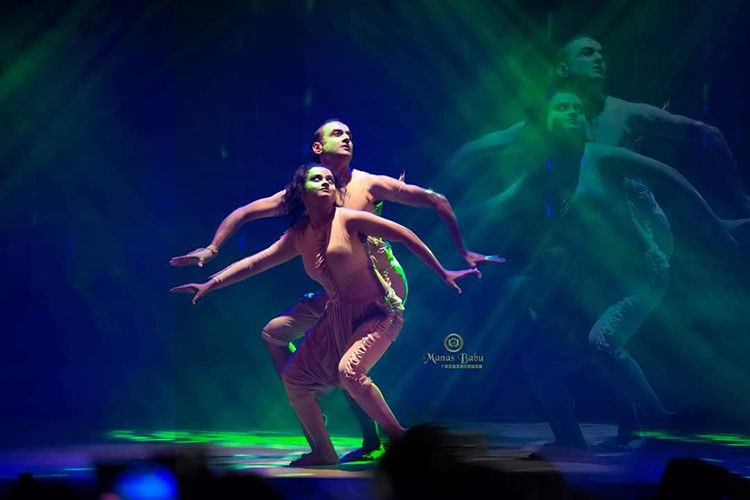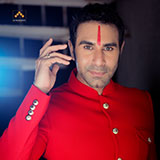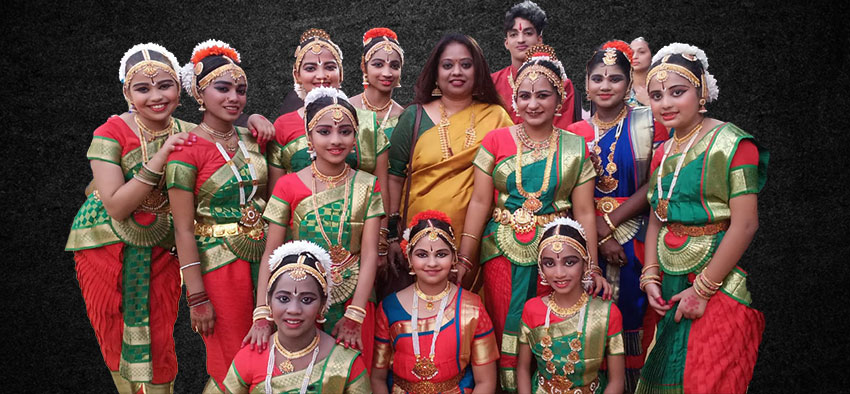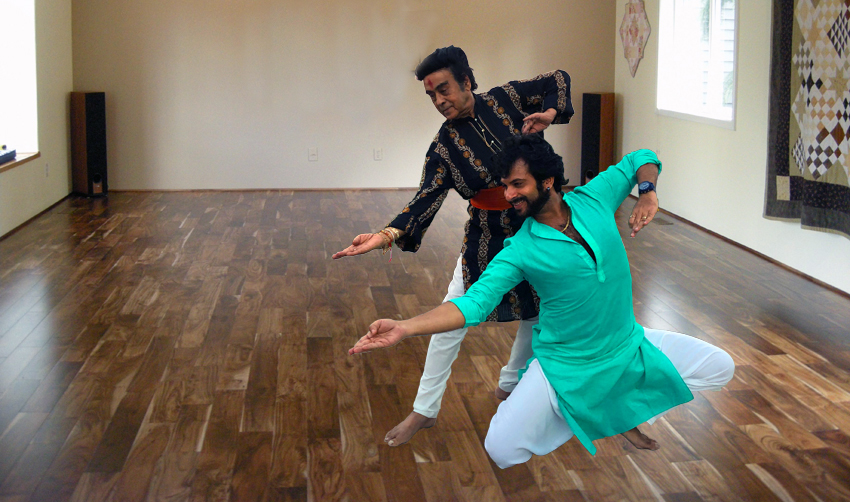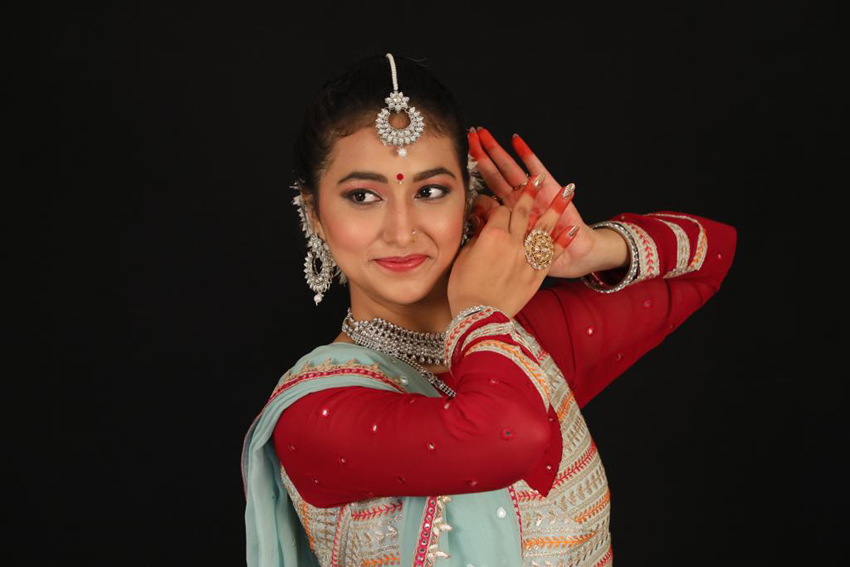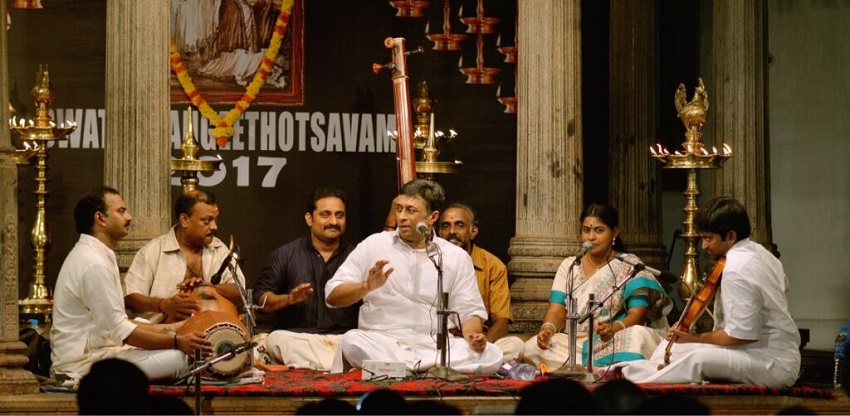New Delhi based artist Santosh Nair’s dedication to merging traditional and contemporary dance forms has ensured that his danced company ‘Sadhya’ remains a vibrant force in the world of dance. As ‘Sadhya’ moves forward celebrating 25 years, it undoubtedly continues to inspire and captivate audiences, staying true to its mission of artistic excellence and innovation. This contemporary dance company, propagates itself as a bridge between tradition & modernity.
Sadhya – a Sanskrit word meaning “An Achievable Task” gave a new meaning to its founder Santosh Nair, who has been awarded Phd in Art & Culture Samman, along with Atal Bihari Vajpayee Lifetime Achievement Award and The Guru Samman Award for his invaluable contribution to the field of dance. We delve into the company’s journey, its significant productions, and the vision of its founder. In this exclusive interview, Santosh Nair reflects on the evolution of Sadhya, the impact of its work, and the future of contemporary dance. Excerpts from the interview;
Congratulations on reaching the milestone of 25 years with Sadhya. How did the journey begin?
Thank you! The journey started back in 1998 with a clear vision: to create a platform that bridged traditional and contemporary dance forms. I wanted Sadhya to be more than just a dance company; I aimed to foster a unique dance language that respected our roots while embracing modern expressions. The early years were challenging but rewarding, as we built our reputation and developed our core philosophy.
Sadhya has seen a range of productions over the years. What do you believe has been the key to its enduring success?
The key has been our commitment to innovation while honouring tradition. We have always aimed to evolve, integrating diverse dance forms and exploring new themes. Our success is also due to the dedication of our artists, the support of the dance community, and the enthusiasm of our students. Staying true to our core values while adapting to the times has allowed us to maintain relevance and vibrancy in our work.
Two of your most notable productions are ‘The Game of Dice’ and ‘The Mystical Forest’. Can you tell us more about these works and their significance?
‘The Game of Dice’ premiered in 2004 and was a significant exploration of both traditional and contemporary dance forms. We aimed to create a production that was both relatable and creatively ambitious. Drawing from Kathakali, Mayurbhanj Chhau, and contemporary dance, we used an episode from the Mahabharata to tell a compelling story. The success of the production was driven by its innovative approach and the positive audience response.
On the other hand, ‘The Mystical Forest’, created for the Kalanidhi Arts Festival in 2014, focused on the Mayurbhanj Chhau dance form and explored life within a forest. This production was inspired by the traditional dance form’s deep connection to nature and tribal life. We incorporated elements from various tribes, including those from the Amazon, to create a piece that was both authentic and imaginative. The universal themes of the forest and tribal life resonated well with audiences.
What were the main challenges you faced while creating these productions?
Each production came with its own set of challenges. For ‘The Game of Dice’, the challenge was to integrate different dance forms seamlessly while maintaining the essence of the Mahabharata episode. We experimented with various elements, from music to costumes, ensuring everything aligned with the narrative.
With ‘The Mystical Forest’, the challenge was to accurately represent tribal life through dance while adding a contemporary interpretation. This involved extensive research into tribal cultures and movement patterns. Collaborating with music composers and costume designers was crucial in bringing the vision to life.
How did your early experiences and training influence your approach to founding and running Sadhya?
My early exposure to dance through my family, my father Kalamandalam Padmanabhan and my uncles, played a significant role in shaping my understanding and appreciation of the art form. Training under esteemed gurus like Sadanam Balakrishnan and Narendra Sharma and Guru Janem Joy Sai Babu moulded the dancer in me and helped me master classical and contemporary styles.
My admiration for Uday Shankar, a pioneer of contemporary dance in India, also influenced my approach. The combination of rigorous training and exposure to various dance forms, both in India and internationally, equipped me with the skills to run a dance company effectively and to explore diverse artistic avenues.
How has your international experience shaped the work of Sadhya?
International experiences have been incredibly enriching. Performing at festivals like the Modern Dance Festival in West Germany and the Big World Festival in Brazil exposed me to global dance trends and practices. Collaborating with international artists, such as those from Austria and Norway, has broadened our perspective and introduced new elements to our work.
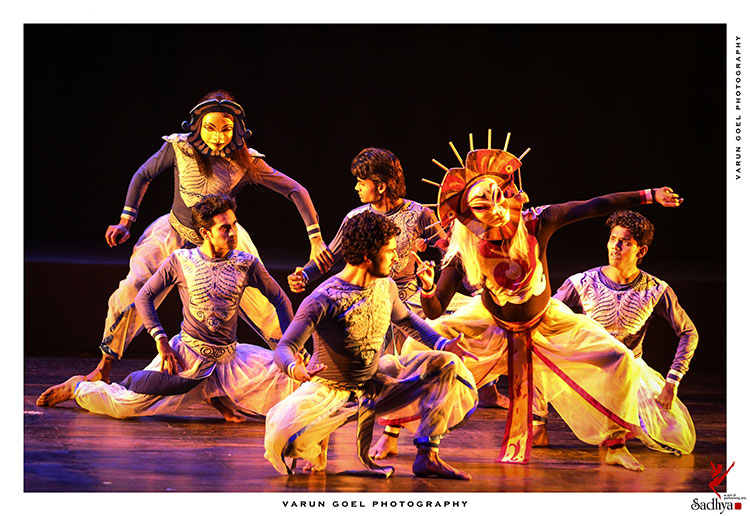
These experiences have allowed Sadhya to incorporate global influences while staying true to our core vision. They have also helped us establish a reputation on the international stage, showcasing our work to a broader audience.
Sadhya recently celebrated its 25th anniversary with a production titled ‘Vibrant India’. Tell us more about this?
Vibrant India was a celebration of India’s rich classical, folk, and creative dance forms. It was particularly timely as it coincided with India’s G20 presidency. The production showcased India’s diverse dance heritage and was featured at several important G20 events.
Performing at the opening of Bharat Mandapam in the presence of Prime Minister Narendra Modi was a significant honour. Vibrant India allowed us to highlight the depth and diversity of Indian dance on a prominent platform.



